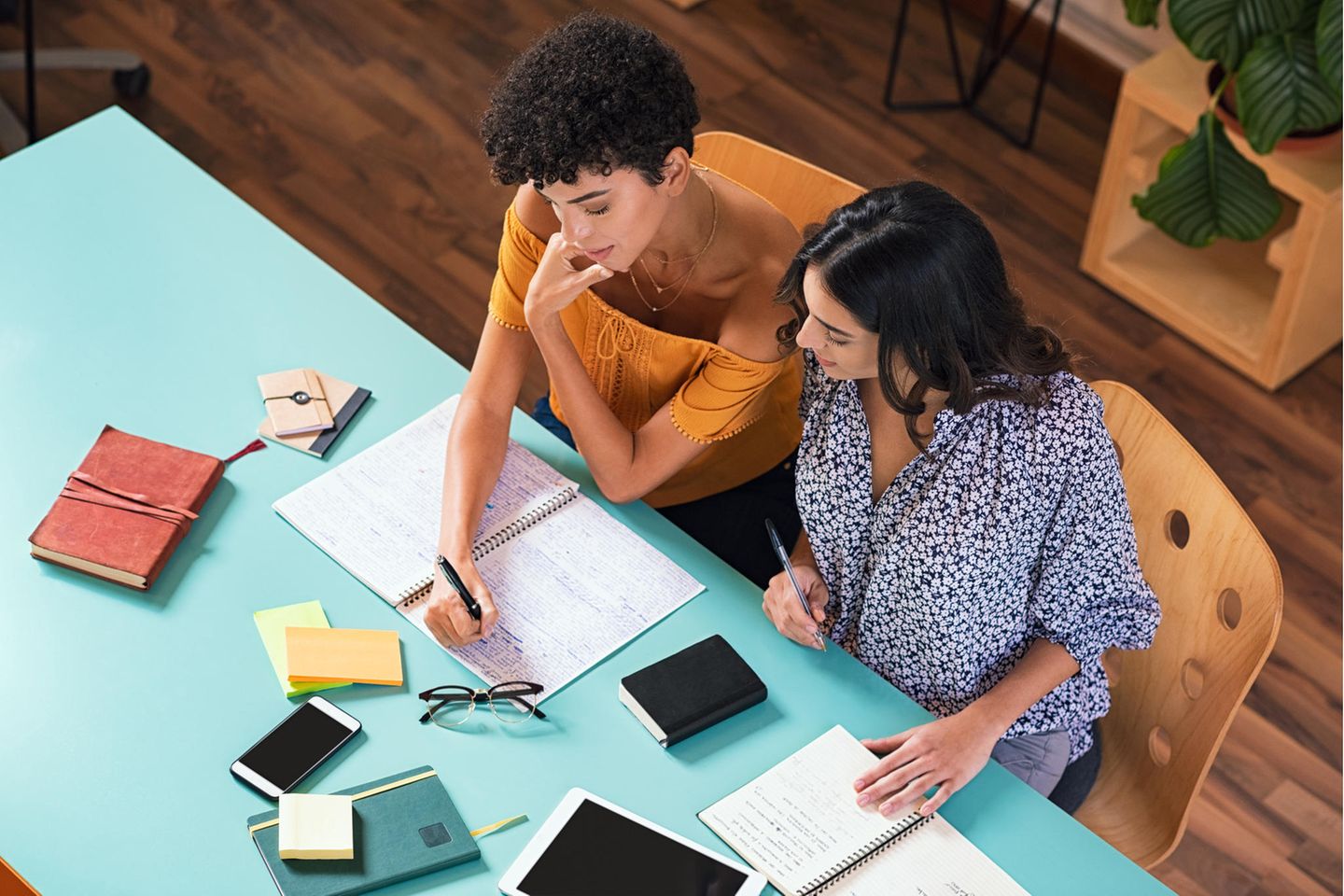Visual learner type
Learn faster and more effectively

© Rido / Shutterstock
A visual learner needs a lot of visual material in order to acquire learning content. You can find out which learning methods are particularly suitable here.
The name already gives it away: A visual learner is very sensitive to visual stimulithat he captures through graphics, photos or videos. Listening, writing, doing: all of this does not take the visual learner a step further when acquiring new facts. He must be able to view the subject matterto quickly understand new content and to be able to apply what you have learned later.
Visual learner: that's what defines him
If you're a visual learner, you probably always have been prefer to read or watch filmsto listen to as audiobooks. You probably belong to the group of people who can remember faces incredibly well. Those who belong to the visual learner type may even naturally have one photographic memory. These learner types see something and don't forget about it afterwards. You should also make use of this property when studying. With the right learning tactics you achieve faster learning success – in every area. And after all, there is always something new to learn!
Try out the following four tips that fit your learner type perfectly.
Learning tip 1: Discover the artist in you
Listening to a lecture – that would be enough for the auditory learner to internalize learning content. But a visual learner needs more than well-chosen words. You understand Facts and courses of action are best when you can see them in front of you. For example through a graphic – here are connections picturedso that you can understand them much faster. If there are no graphics, it is best to create some yourself. The ingredients of a recipe or a foreign word – almost everything can be illustrated. And don't worry – you don't have to be a Picasso for learning to be successful. The main thing is that your brain is stimulated by visual stimuli – stick figures are therefore absolutely permitted.
Learning tip 2: look at role models
If a visual learner looks at a person over and over while giving a speech, they will subconsciously acquirehow to give a good speech. You should make use of this ability in all types of learning content. Check out a cooking tutorial more often if you want to get better at cooking. Watch someone play the guitar when you want to move up to the next top guitarist. Find good role modelswho can already do what you want to learn and look at how they apply and implement the activities. This can help you enormously with new content.
Learning tip 3: Bring learning content into your field of vision
A haptic learner has to write things down over and over again in order to acquire them. It's enough for you if you have them see you as often as possible. Therefore, when you have to memorize something, it helps if you have it everywhere in your home stick on small notes with the learning material. For example right next to the mirror. Or over your laptop. Alternatively, on the cover of your favorite book. During the day your gaze will sweep over the pieces of paper and see the words. And that's exactly how you memorize them.
The best ideas for more comfort
15th
pictures
Learning tip 4: use markings
Use many colorful markingsso that you can better remember the information you have written down. Your brain is more responsive to visual stimuli – so take it easy beautiful colors and work nice and tidy. This makes it more fun to look at the notes over and over again. And that is essential for successful learning.
Need more tips for quick learning? The method called Eat the Frog will help you tackle difficult tasks faster. The Ivy Lee Method improves your time management. And here's how you can increase your productivity.
You can also find many other exciting topics relating to the subject of learner type, learning tips, learner type, personality and job in the BRIGITTE Community. Have a look!
